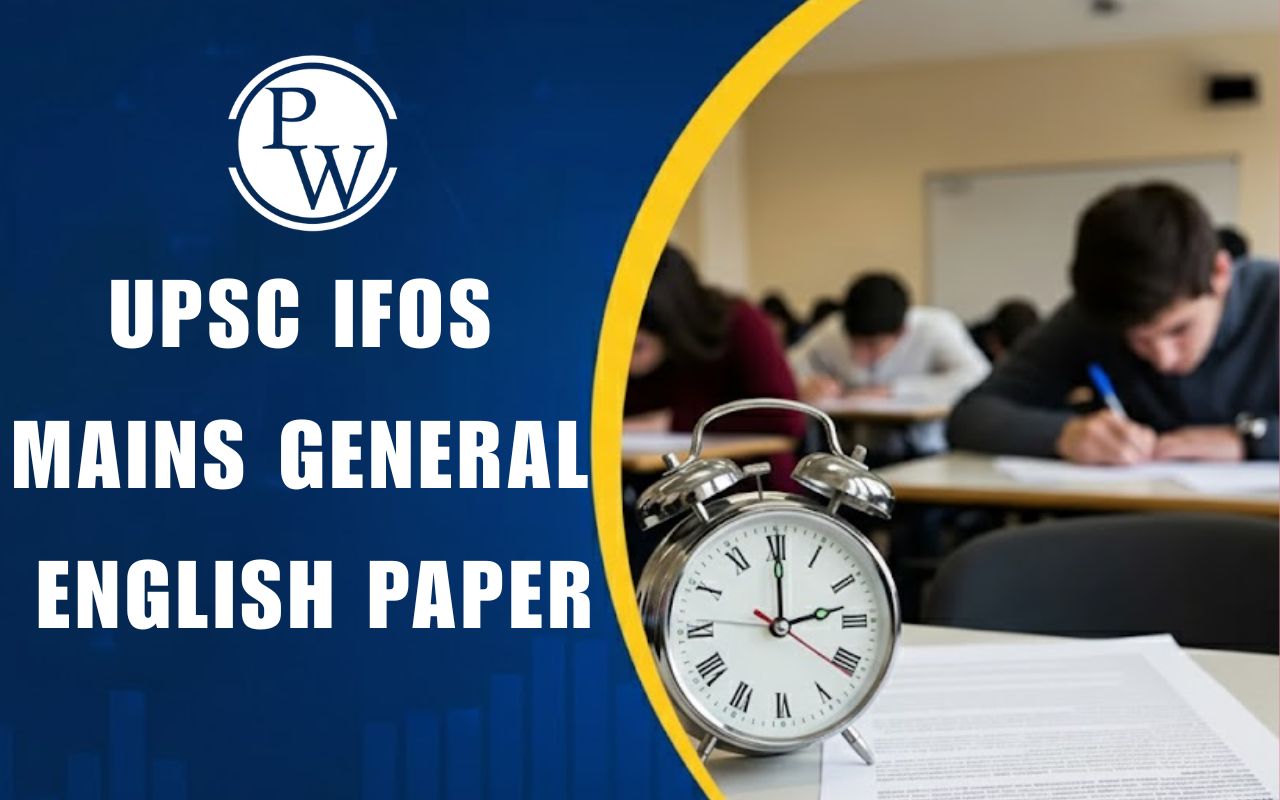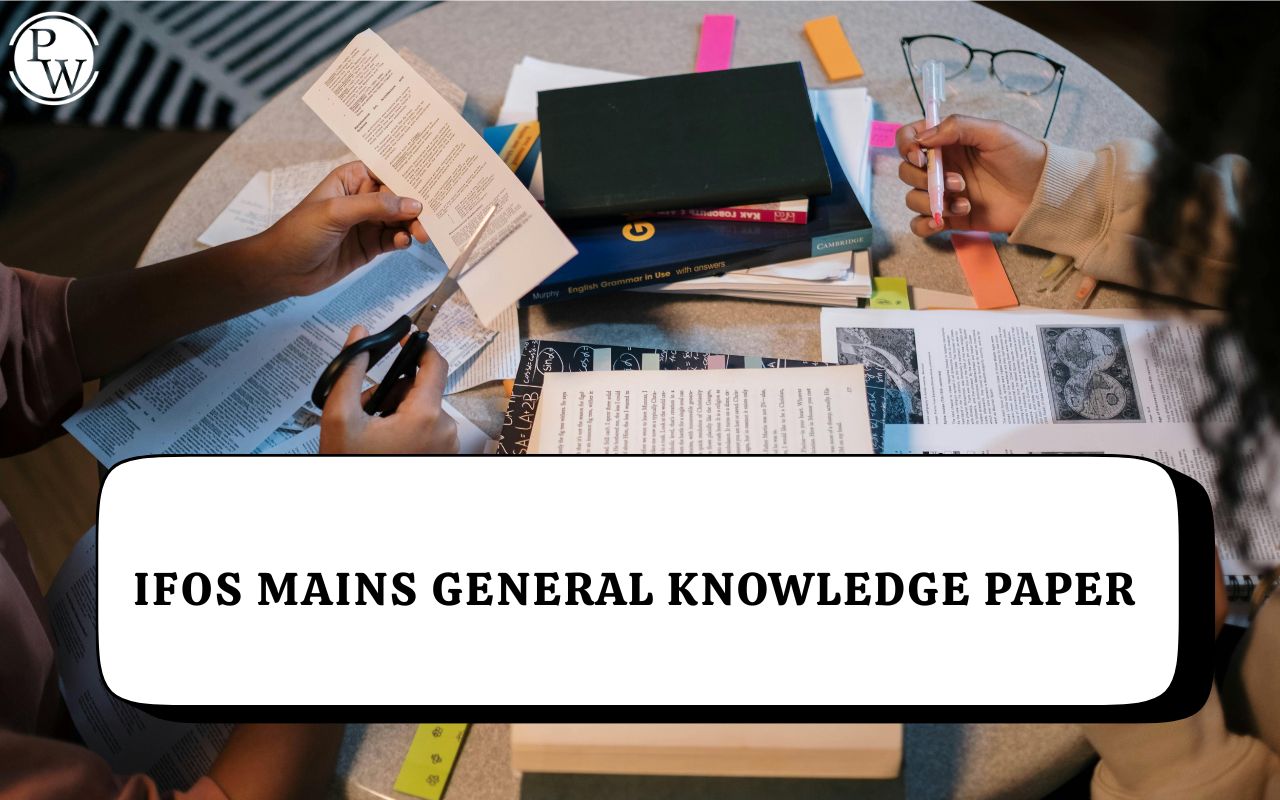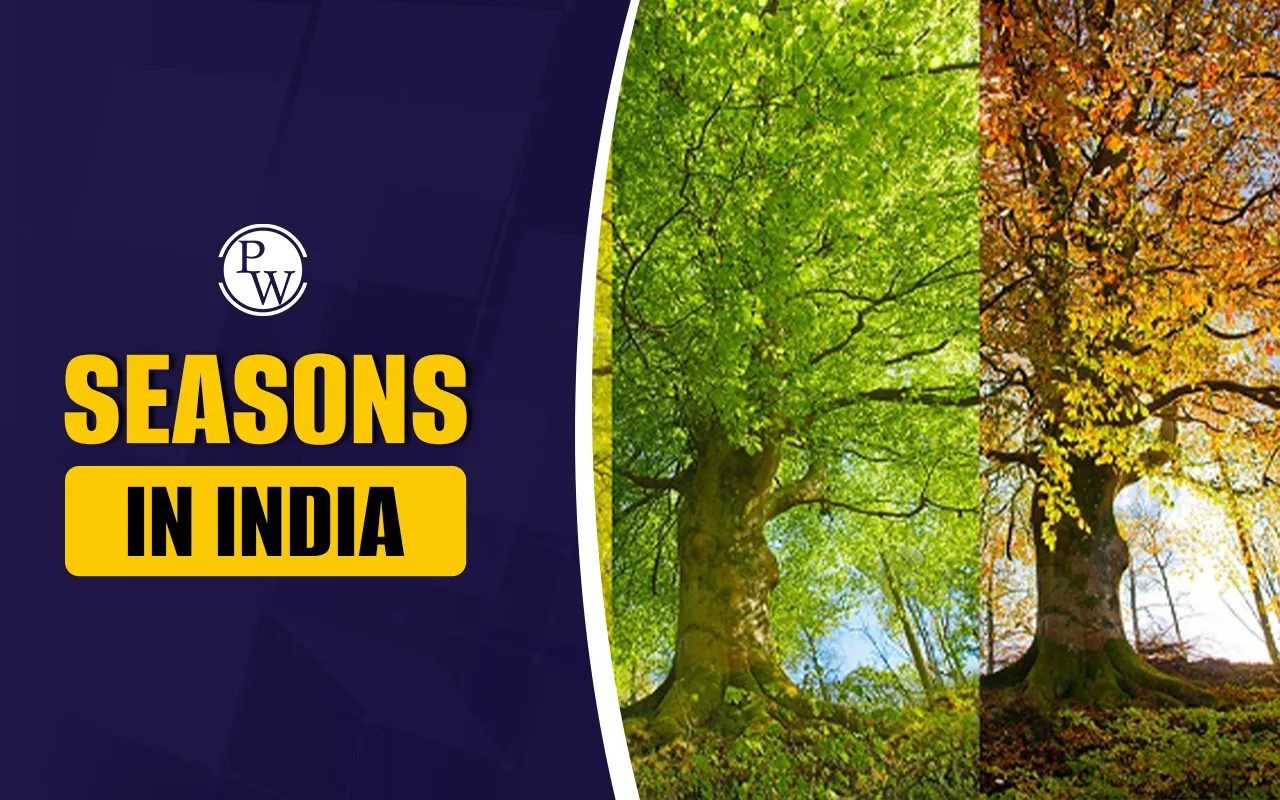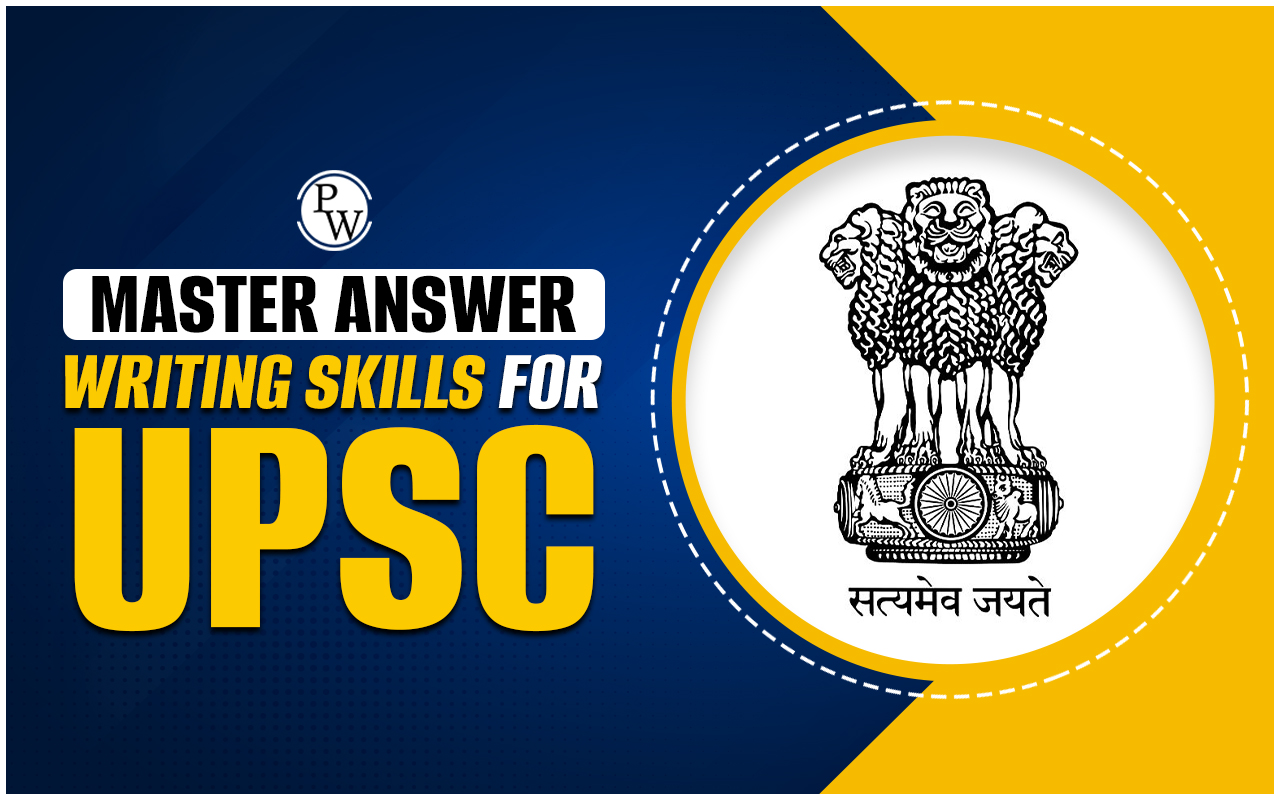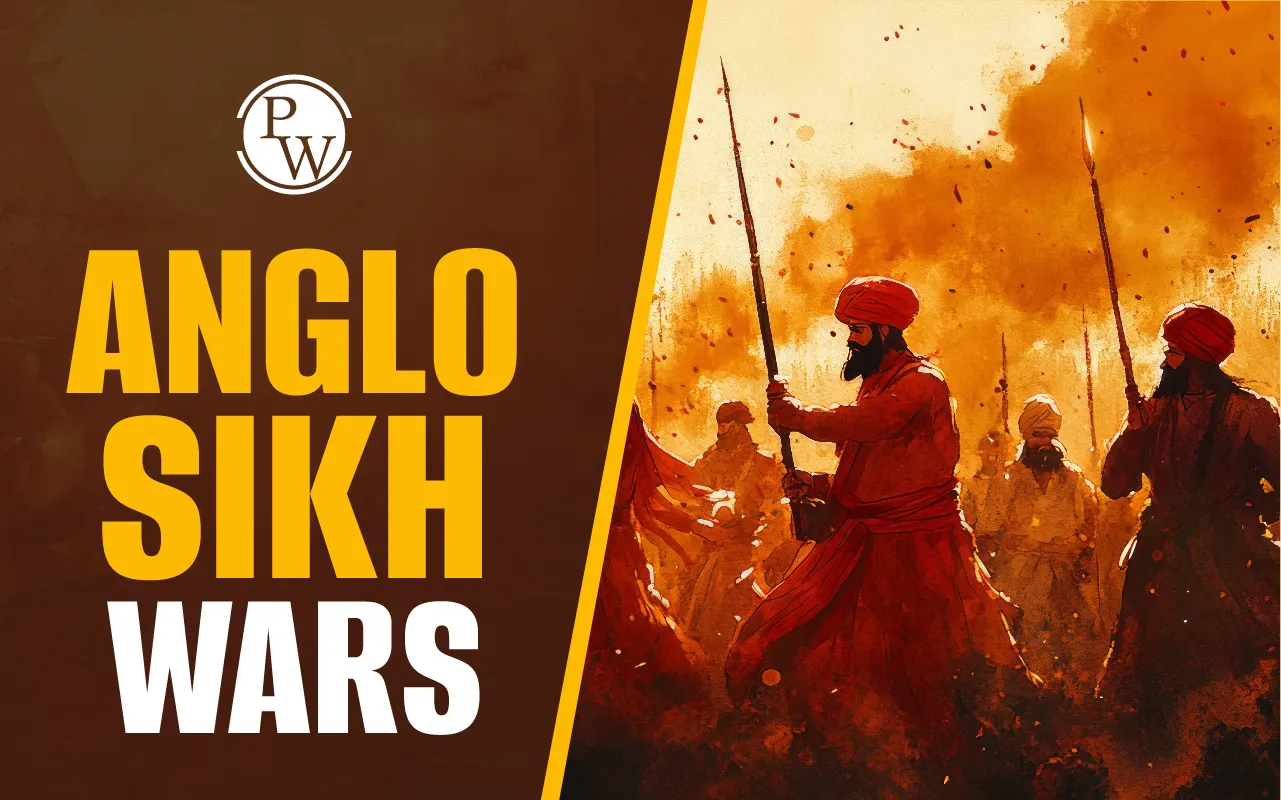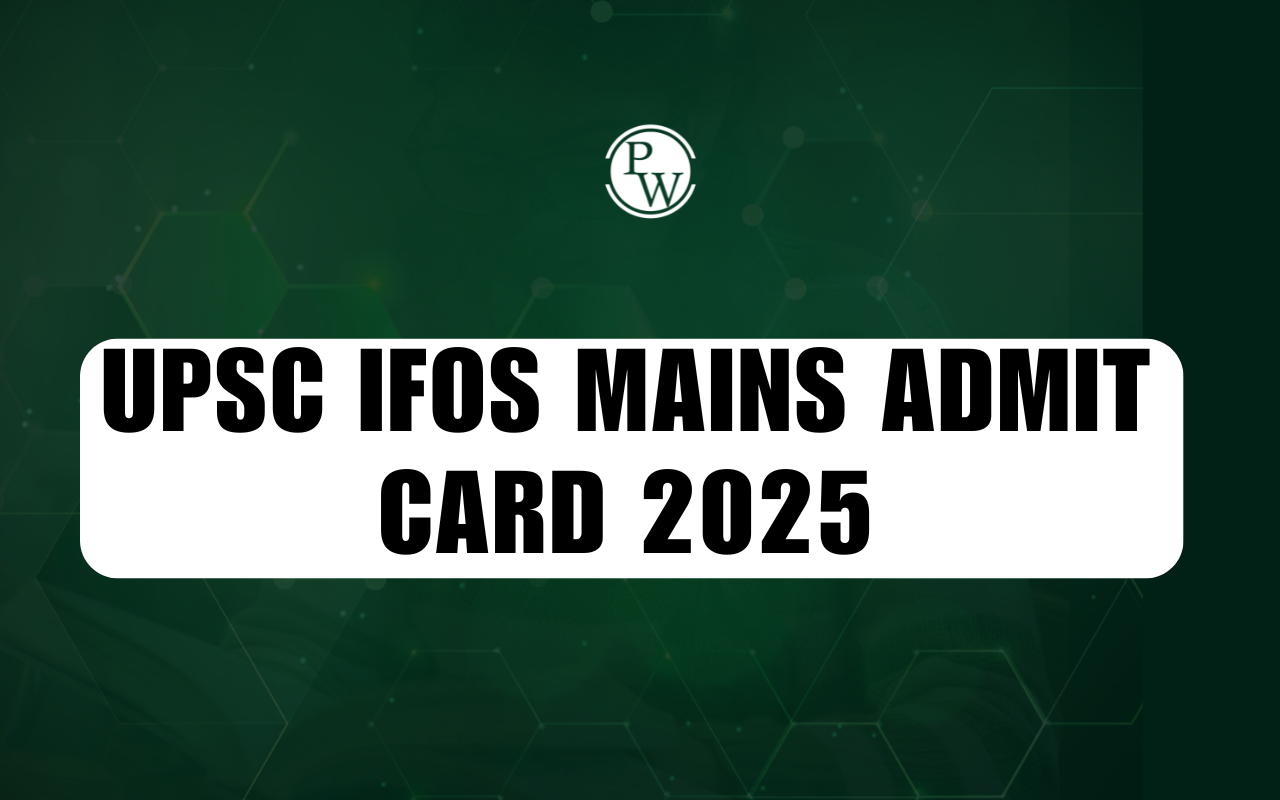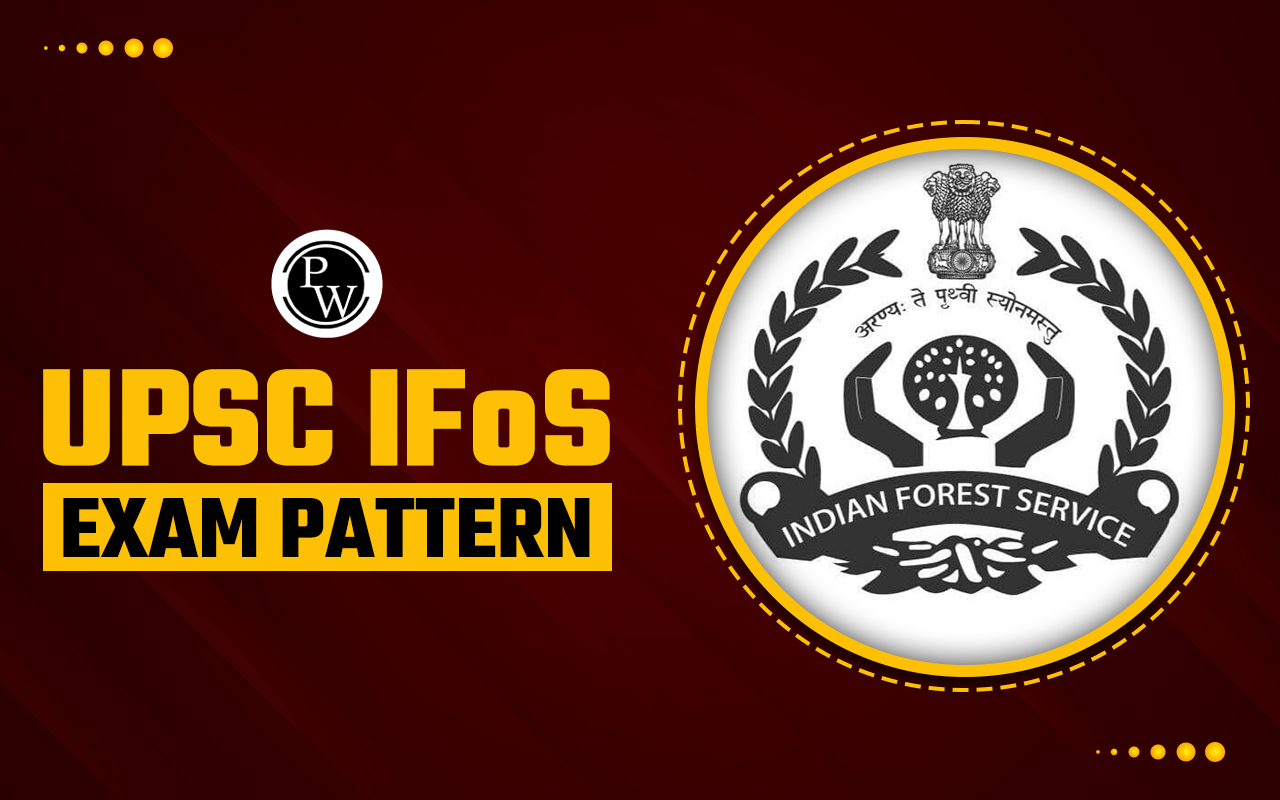
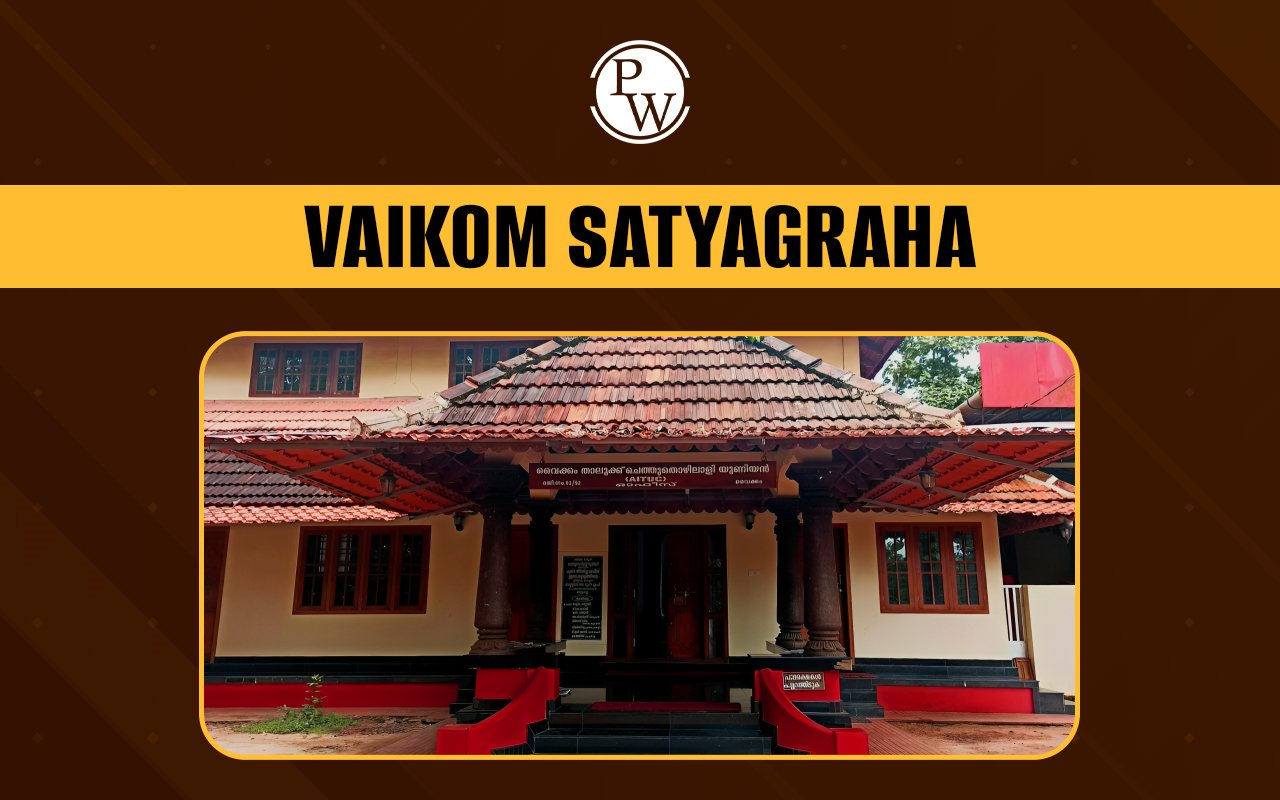
The Vaikom Satyagraha holds a significant place in India's history. A century ago, in 1924, a major movement began in the town of Vaikom in Kerala , which brought together people from different social backgrounds to challenge the centuries-old practice of untouchability.
This struggle laid the foundation for the larger anti-caste movements that would follow in the years to come . Even today, the Vaikom Satyagraha remains a symbol of unity and resilience in the face of injustice. Keep reading to learn more about this important chapter of Indian history for the UPSC exam.100 Years of Vaikom Satyagraha
In 2024, we mark 100 years since the Vaikom Satyagraha , a movement that challenged caste-based discrimination in Kerala. Held between March 30, 1924, and November 23, 1925 , in Vaikom, Kottayam, this was one of the earliest non-violent protests against untouchability in India. Initially started as a local struggle for non-Brahmins to claim access to public roads and temples, the movement quickly gained national attention, with significant involvement from prominent leaders like Mahatma Gandhi and social reformer Periyar.What is Vaikom Satyagraha?
Vaikom Satyagraha was a peaceful protest that started on March 30, 1924, in Vaikom, Travancore (now Kerala) . The aim was to allow so-called lower-caste people access to public roads near the Vaikom Mahadeva Temple . At that time, caste-based restrictions denied lower castes basic rights, including access to public spaces. The protest followed Gandhian principles of nonviolence and civil disobedience. Protesters sat on restricted roads and refused to leave despite arrests and police brutality. This persistent struggle got nationwide support and highlighted the urgent need to dismantle the caste hierarchy.| Vaikom Satyagraha | |
| Timeline | March 1924 to 1925 |
| Location | Vaikom, near Kottayam, Kerala. |
| Aim | To secure access for all castes to public roads leading to the Sri Mahadeva Temple. |
| Key Leaders | T.K. Madhavan, K.P. Kesava Menon, K. Kelappan, Mahatma Gandhi, and Periyar E.V. Ramasamy. |
| Motto | “One Caste, One God, One Humanity ” – Coined by Narayana Guru. |
| Key Events | Gandhi’s involvement, Periyar’s arrest, and the Temple Entry Proclamation (1936). |
| Achievements | Abolition of caste barriers, increased women’s participation, and inspired national movements. |
| Impact | Article 17 abolished untouchability; influenced social reforms in Kerala. |
Why Vaikom Satyagraha Started?
The Vaikom Satyagraha was a response to the deeply entrenched social hierarchies and caste-based discrimination in Kerala. The trigger for its initiation was the denial of access to certain roads leading to the Shri Mahadeva temple for people from the lower castes. These roads were considered "restricted, " and only higher-caste individuals were allowed to walk on them. For the lower castes, this was a symbol of their social exclusion and degradation. The Vaikom Satyagraha objective was to ensure social justice and equality by removing discriminatory practices.Events of Vaikom Satyagraha
The timeline of the Vaikom Satyagraha movement is as follows:| Date | Event |
| 19th Century | Ban imposed by the Travancore government prohibiting lower-caste Hindus from using public roads to the Vaikom Mahadeva Temple. |
| 1921 | Travancore Congress Committee, led by T.K. Madhavan, initiates efforts to lift the ban on temple roads. |
| March 30, 1924 | Vaikom Satyagraha officially begins; activists arrested while attempting to march on prohibited roads. |
| April 1924 | Periyar E.V. Ramasamy joins the movement |
| Throughout 1924 | Satyagrahis continue to protest, facing arrests and police crackdowns; the movement gains nationwide attention. |
| March 1925 | Mahatma Gandhi visits Vaikom, engaging with caste leaders and offering support for the movement. |
| November 23, 1925 | Vaikom Satyagraha concludes after 604 days; three out of four roads opened to all castes. |
| November 1936 | Maharaja of Travancore signed the Temple Entry Proclamation, allowing lower-caste individuals access to temples. |
Who Led Vaikom Satyagraha?
Vaikom Satyagraha was started by determined leaders who played key roles in its success.- T.K. Madhavan: A reformer and journalist, he campaigned for temple entry for lower castes and organised the protest.
- K. Kelappan: Known as Kerala Gandhi, he was instrumental in leading peaceful protests and maintaining discipline.
- Periyar E.V. Ramasamy : His involvement brought significant support from Tamil Nadu and raised awareness about caste issues, earning him the title of Vaikom Veerar (the Valiant of Vaikom) later.
- Sree Narayana Guru: His teachings of equality and unity influenced the protest's goals.
- Mahatma Gandhi: Although not directly involved, Gandhi’s philosophy of nonviolence guided the movement. He was instrumental in brokering a compromise between the protestors and the orthodox groups.
Significance of Vaikom Satyagraha
The Vaikom Satyagraha holds immense significance in India’s social reform history. This movement:- Challenged Social Norms: It brought national attention to the oppressive caste system, which was prevalent in Kerala and many other parts of India.
- United Communities : Leaders from different regions and backgrounds joined hands for a common cause.
- Promoted Nonviolence: The success of peaceful resistance encouraged similar strategies in later struggles.
- Strengthened Social Reform: It highlighted the need for equality and justice in society. The Vaikom Satyagraha laid the foundation for future social reforms in Kerala
| UPSC Related Articles | ||
| Female Freedom Fighters of India | Mission Karmayogi | Shaheedi Diwas 2024 |
| Parliament Sessions | Cooperative Federalism | Anti-Defection Law |
Vaikom Satyagraha FAQs
What is Vaikom Satyagraha year?
The Vaikom Satyagraha movement began on March 30, 1924.
What was the main objective of Vaikom Satyagraha?
The Vaikom Satyagraha objective was to allow lower castes access to roads around the Vaikom Mahadeva Temple.
Why did Vaikom Satyagraha start?
Vaikom Satyagraha started to challenge caste-based restrictions and fight for social equality.
Who was the leader of Vaikom Satyagraha?
T.K. Madhavan, K. Kelappan, and Periyar E.V. Ramasamy were key leaders of Vaikom Satyagraha.
Who is known as Vaikom Veerar?
Periyar E.V. Ramasamyi is known as Vaikom Veerar for his courageous role in the movement.
Talk to a counsellorHave doubts? Our support team will be happy to assist you!

Check out these Related Articles
Free Learning Resources
PW Books
Notes (Class 10-12)
PW Study Materials
Notes (Class 6-9)
Ncert Solutions
Govt Exams
Class 6th to 12th Online Courses
Govt Job Exams Courses
UPSC Coaching
Defence Exam Coaching
Gate Exam Coaching
Other Exams
Know about Physics Wallah
Physics Wallah is an Indian edtech platform that provides accessible & comprehensive learning experiences to students from Class 6th to postgraduate level. We also provide extensive NCERT solutions, sample paper, NEET, JEE Mains, BITSAT previous year papers & more such resources to students. Physics Wallah also caters to over 3.5 million registered students and over 78 lakh+ Youtube subscribers with 4.8 rating on its app.
We Stand Out because
We provide students with intensive courses with India’s qualified & experienced faculties & mentors. PW strives to make the learning experience comprehensive and accessible for students of all sections of society. We believe in empowering every single student who couldn't dream of a good career in engineering and medical field earlier.
Our Key Focus Areas
Physics Wallah's main focus is to make the learning experience as economical as possible for all students. With our affordable courses like Lakshya, Udaan and Arjuna and many others, we have been able to provide a platform for lakhs of aspirants. From providing Chemistry, Maths, Physics formula to giving e-books of eminent authors like RD Sharma, RS Aggarwal and Lakhmir Singh, PW focuses on every single student's need for preparation.
What Makes Us Different
Physics Wallah strives to develop a comprehensive pedagogical structure for students, where they get a state-of-the-art learning experience with study material and resources. Apart from catering students preparing for JEE Mains and NEET, PW also provides study material for each state board like Uttar Pradesh, Bihar, and others
Copyright © 2025 Physicswallah Limited All rights reserved.
Get App

